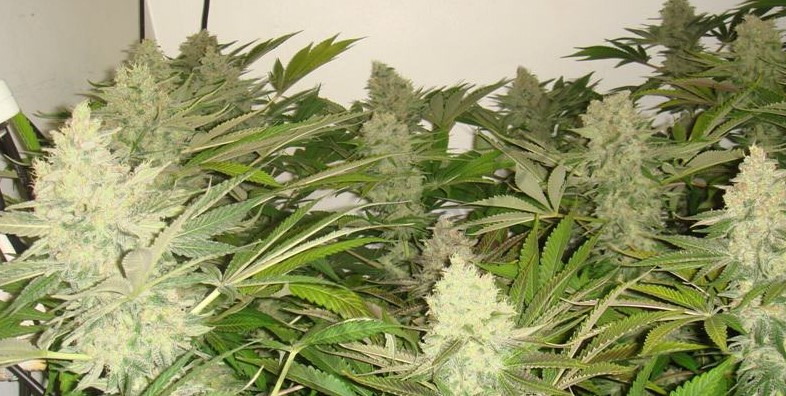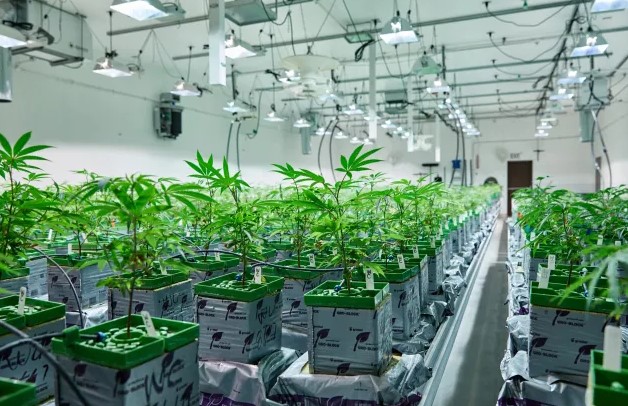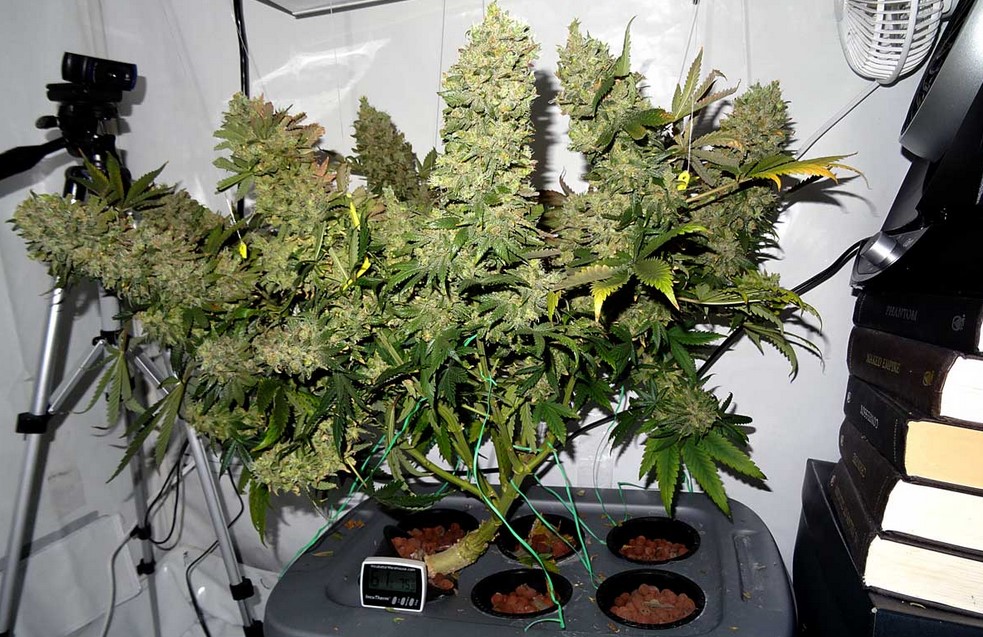Non classé
Cannabis Hydroponics
Sand, gravel, or water can be used as a cultivation method with added nutrients. This is done rather than using soil and is most commonly referred to as hydroponics. The liquid nutrients are added directly to the growing media which could be coco coir (coconut husk fibers), clay pebbles, or another lightweight expandable aggregate. Hydroponic cannabis gardens are considered more efficient than traditional soil-based gardens because the open-root system allows for direct uptake of nutrients and oxygen.
He wanted to grow plants year-round, so he decided that indoor cultivation using hydroponics was the right method for his cannabis business.
Hydroponics may be done in a variety of ways, and each has its own set of pros and drawbacks. The best technique for you will depend on your budget as well as your level of expertise.
Origin of hydroponics
The Hydroponics method is a form of plant cultivation that grows plants in an alternative medium to soil, known as nutrient solutions.
It is believed that hydroponics dates back to 600 BC when it was used in the Hanging Gardens of Babylon. Hydroponic techniques were also used by the Aztecs in the 10th and 11th centuries to grow crops at Lake Texcoco, and references to hydroponics were found in Marco Polo’s writings following his exploration of China in the late 13th century.
Many people believe that hydroponics is more successful than soil-based gardening because you can directly target the roots with water and nutrients. Consequently, the plants are usually bigger and healthier since their roots don’t have to work as hard to find food in the Hydroponic system.

Hydroponics vs soil
According to a growing number of research, hydroponics is more efficient and dependable than soil-based farming. For instance:
- In 2015, strawberries were compared in soil to hydroponic strawberries. This study discovered that although soil-grown berries were the largest individuals, “hydroponic strawberries yielded greater fruit yield and plant survival rate.” Furthermore, hydroponics produced fruit with a higher degree of uniformity.
- According to two studies published this year, hydroponics is a potentially lucrative technique that has a long future in high-efficiency farming. According to the researchers, while there are still too many energy inputs needed to make hydroponics significantly more efficient than soil on a broad scale, technological advancements may assist with this. On a large scale, then, hydroponics farming would be far more efficient than soil-based agriculture.
- A study from 2018 showed that, on average, plants grown hydroponically grow faster than those grown in soil. The study concluded that growing plants hydroponically could be a more efficient method than dirt-based agriculture.
Some people believe that hydroponic farming generates a higher-quality product because farmers can more easily regulate the growing environment. Additionally, hydroponics is frequently considered to be more efficient than traditional soil-based methods since growers need fewer resources and only use what’s necessary to nourish the plant. The advantage that hydroponics has over soil is that there is very little—if any—waste. With soil, many more inputs are required, and a larger portion of those inputs (plant food, fertilizer, water) go to waste in the ground. The only major downside to hydroponics at this time is that most set-ups are indoors; therefore requiring extra energy for lighting and ventilation purposes.
When it comes to the end result, there is no debate about whether hydroponics or soil is better. Plants cultivated hydroponically are said to be of higher quality because they were grown in completely controlled environments. Many people, on the other hand, feel that plants cultivated in soil have a more diverse set of flavors and tastes—similar to the “terroir” that wine connoisseurs adore—that emerge from their unique surroundings.
What is hydroponic cannabis?
Simply stated, hydroponic cannabis—often known as hydro herbe—is marijuana cultivated in a hydroponic manner. Indoor hydroponics are most common when cultivating marijuana in a controlled setting. This method gives growers more control over the plants’ surroundings, which can result in more dependable crops, tighter buds, and faster harvest cycles.
How to grow hydroponic weed: Common hydroponic techniques
Learning about how to grow marijuana hydroponically is crucial for success. Many methods are encompassed under the term “hydroponics,” since it denotes any system of growing that doesn’t use soil and instead delivers oxygen, water, and nutrients directly to plants. With this in mind, here is a quick guide to some of the more popular hydroponics cannabis growing techniques:
Deep water culture
Many beginners or cultivators interested in saving money choose deep water culture, as it is one of the most straightforward hydroponic systems.
This technique is typically used for plants that are placed in separate pots or containers. In this method, the roots of each plant are submerged in water. If the pots or containers can hold water individually, then a tray is not necessary.
By adding nutrients to the water and using air pumps to keep it oxygenated, the roots are able to stay submerged.
Wick system
Another hydroponics practice that is popular among novices is the wick system, which is due to its ease. Plants are grown in a container over a reservoir with nutrient-dense, oxygenated water using the wick system. The end of a wick made from any absorbent material like as cotton or cloth is placed in the reservoir while the other end is inserted into the container. The wick serves as a sort of conveyor belt, transporting nutrients and water to nourish plants.
Nutrient film technique
The roots of the plant are continuously immersed in water, much like deep water culture. Nutrient film technique, on the other hand, entails immersing the cannabis plant’s roots in water on a regular basis. Nutrients are supplied to the oxygenated water by way of a reservoir. The tube is positioned at an angle so that the water may flow through it and soak the plant’s roots before returning to the reservoir.
Drip system
Drip systems are a favorite among commercial growers because they can manage how much and often each plant gets nutrient solution. With a drip system, every plant has its own water jet fed by a timer-controlled pump. The recovery system catches any leftover solution in the reservoir.
Ebb and flow/flood and drain
The ebb and flow system, also known as flood and drain, is a type of hydroponic system that doesn’t keep the roots of the plants submerged in water all the time. Instead, the grow tray is flooded with nutrient solution periodically. After flooding, the solution is then drained back into the reservoir, exposing the roots to oxygen before repeating again later.

Materials needed for hydroponic growing
All hydroponics system for weed require a few specific materials, which include:
- Seeds or clones
- Nutrients
- Containers for the plants
- Potting medium (such as clay pebbles or coco coir)
- Grow lights
- Water pump
- Aquarium air pump
Ideal pH levels for hydroponics nutrient solution
A factor that plays a role in the success of hydroponic weed growth is the pH level of newly-oxygenated and nutrient-filled water. For plants to be healthy, it’s key that growers maintain a slightly acidic solution with a pH between 5.5 and 6.5; however, this number may differ based on what stage of growth the plant is currently experiencing. There are various products people can use to measure pH levels with accuracy.


